CSUMB Magazine
Journeys
In the past, a common motivation for traveling and living thousands of miles from home came from legends or stories, many focused on having a better life in a distant land. Perhaps it was fleeing persecution. Or perhaps the motivation was simply curiosity when looking at the horizon.
Now, especially for students, it’s still the promise of a better future, but with the knowledge of a cultural experience and the formation of invaluable connections – something carried for the rest of their lives. It can be said the journey never stops for these students, regardless if they permanently return home.
CSUMB International Programs knows this – and is actively recruiting students from across the world to be a part of the campus community. It’s a win-win for not only the international students, but the local students as well, many of them first-generation. Many develop close friendships with the international students, working on class projects together. Others become roommates.
Growth
Before 2013, International Programs had a very limited role on campus, simply working with the California State University International Programs (CSUIP) at the Chancellor’s Office on a limited number of study abroad programs. By spring of 2014, CSUMB International Programs had moved toward becoming an office with full responsibilities.
Growth has been rapid. CSUMB International Programs now hosts more than 700 students, up from 59 during the 2012-2013 academic year. Of these current students, just under 120 are earning degrees at CSUMB. Business is the most popular major, with 77 international students. The program has 109 university partners scattered throughout Asia, Western Europe and South America.
The program is only expected to grow according to Ida Mansourian, associate dean of International Programs and Services. A strategic plan for the International Program is being finalized this year. The plan calls for increasing international students at CSUMB, both degree-seeking and exchange students, to 10 percent of the student body by 2022.
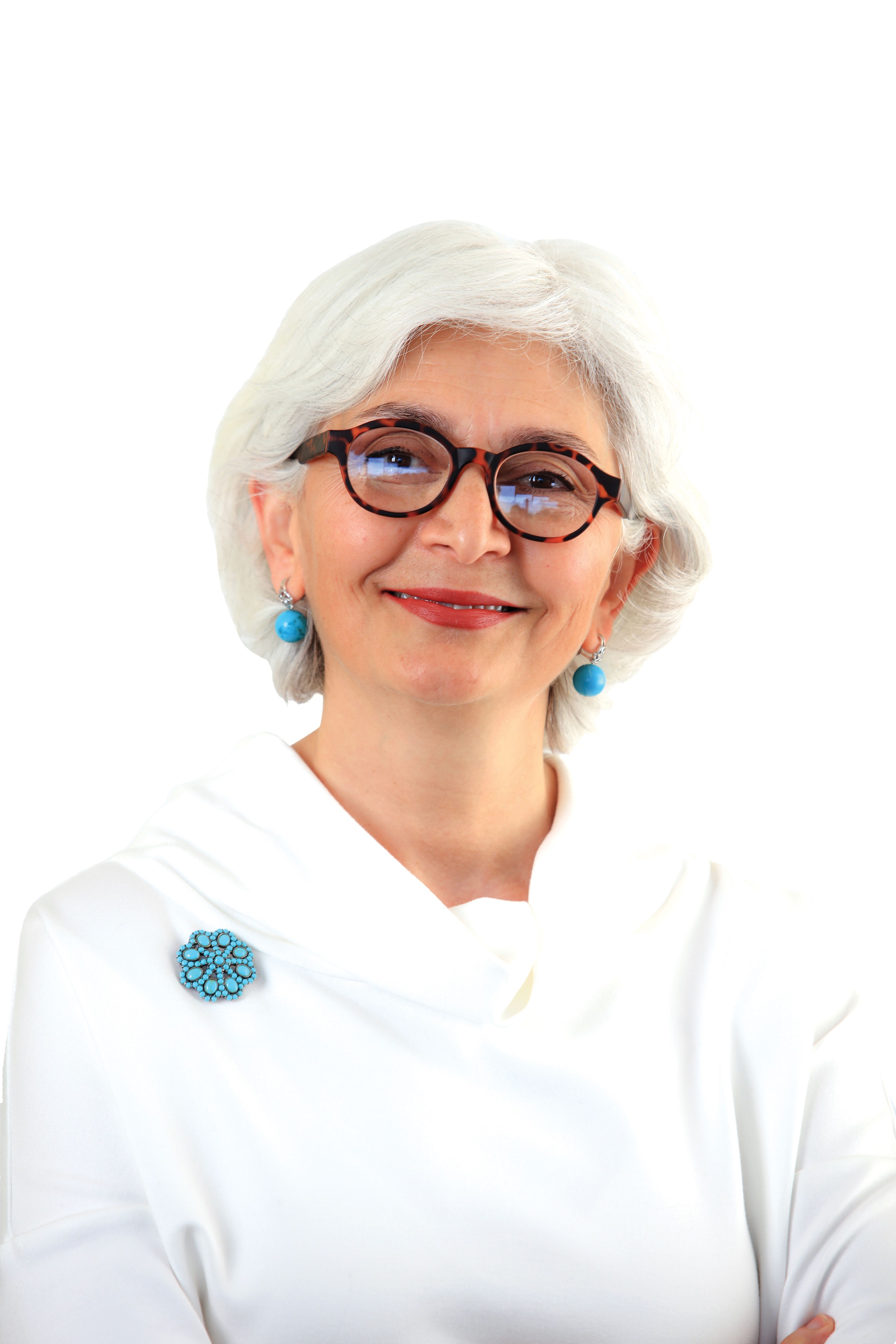

Ida Mansourian
Like many universities, CSUMB is becoming more prominent on the global map. “CSUMB is not only attractive because of its programs, such as business, but its location. We also provide housing,” said Mansourian. “The program has grown by five times in the last five years.”
This growth has contributed tremendously to not only CSUMB’s campus culture but to the local economy. According to the Association of International Educators, in California’s 20th Congressional District, which includes Monterey County and southern Santa Cruz County, there are more than 1,000 international students. These students have an economic impact of more than $37 million, and directly and indirectly create more than 400 jobs locally.
In addition, the strategic plan calls for increasing the number of CSUMB students participating in education abroad programs from 4.5 percent in 2016 to 10 percent in 2022, making special efforts to include under-represented and first-generation students.
One goal of the International Program’s strategic plan is developing major-specific pathways for CSUMB students that include an education abroad component. By spring 2018, education abroad would be included in the global studies and business majors. By 2022, an education abroad component would be included in a total of eight degree programs at CSUMB.
“As international students continue to come to our campus, we want to enhance the global experience for all students,” said Mansourian. “The first step for domestic students is expanding language courses at CSUMB, such as Arabic, French, German, Korean and Mandarin.”
Future
That cultural experience and those special connections will continue to strengthen on campus as the International Program continues to expand. Yet, growth has its challenges.
More services are needed, such as grocery shopping, a bank on campus, a post office, transportation and more dietary options. “It’s a tremendous opportunity for the outside community to get involved with the university – the need is there,” said Mansourian.
In the future, CSUMB will have a significant base of alumni who are international. Images of their alma mater, along with the stories and memories, will be shared world-wide. CSUMB students will travel and bring home their own experiences from countries that many international students call home. The journey, once it begins, never really stops.
“We want to strengthen the bond between incoming international students, outgoing education abroad students and CSUMB academic programs,” said Mansourian. “That synergy will truly make for a diverse and exciting campus community.”
The Students


Royins Solano Rodriguez
Instructional Technology (Master’s Program)
San Jose, Costa Rica
The journey: I came to the U.S. last year to study Instructional Science and Technology at CSUMB. I am passionate about learning and development, and technology. This type of degree is not available in my country.
Likes: The master’s degree I’m working on is a good fit for my previous experience. For my capstone project I am creating training for workers of a landscaping company to learn about irrigation. It was a practical application of my education.
Challenges: Monterey was too cold! It was quite an adjustment – so I moved farther inland. The workload for the master’s program is very time consuming. Ryan Eller in the School of Computing and Design was very helpful.
Future plans: My goal is to continue developing my skills as instructional designer and seek a position in an organization requiring the development and implementation of instructional solutions.
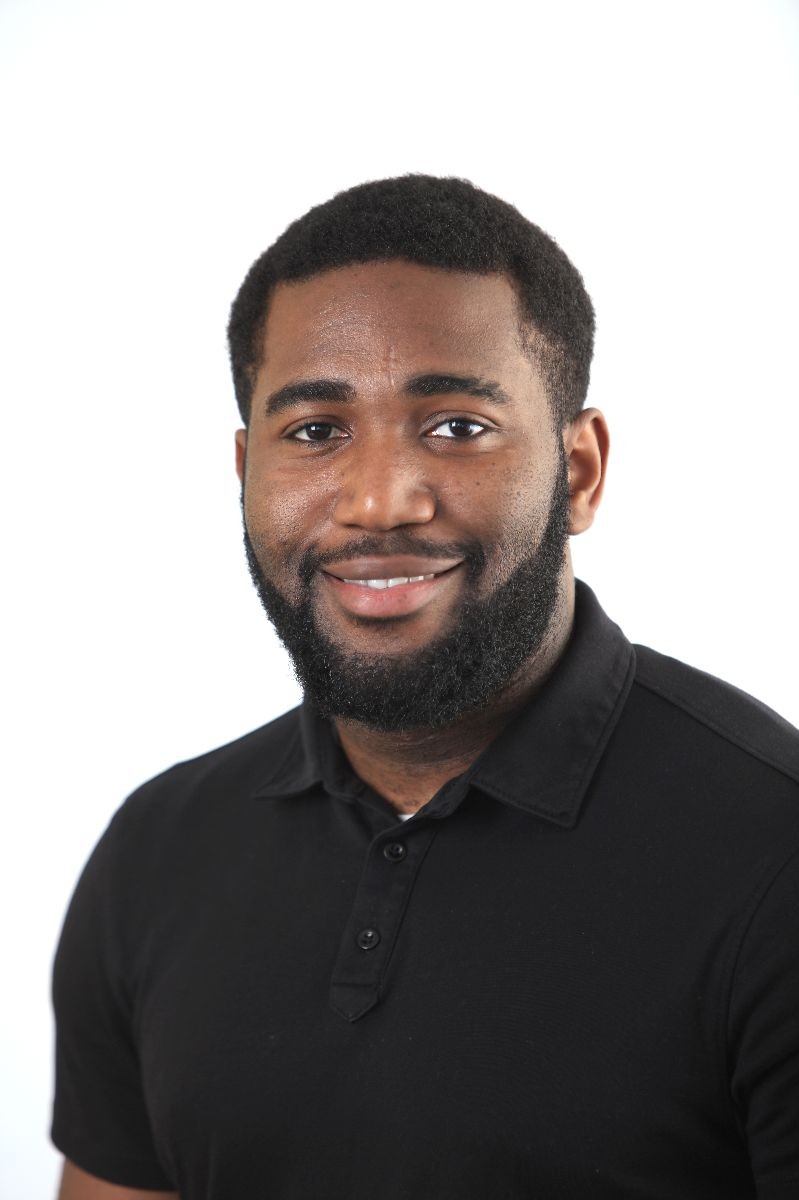
David Igbokwe
Global Studies, Minor in Business
Lagos, Nigeria
The journey: I’ve been in the U.S. for three years. I went to school in the United Kingdom for three years before that.
Likes: I like the small campus. It’s easier to create bonds with people. My sister also attends CSUMB. My cousin works here. Having family here is a huge plus.
Challenges: Having things to do. Monterey is very quiet. If you’re an international student, it doesn’t give you a sense of what California is. If you get used to the area, you find something to do. I run the soccer club on campus. I do make music and just released an album, “Focused” by Delos Edira.
Future plans: After graduation, go into business. I will continue to make music and go into the technology or financial industries. I will explore options here - but eventually return to Nigeria.
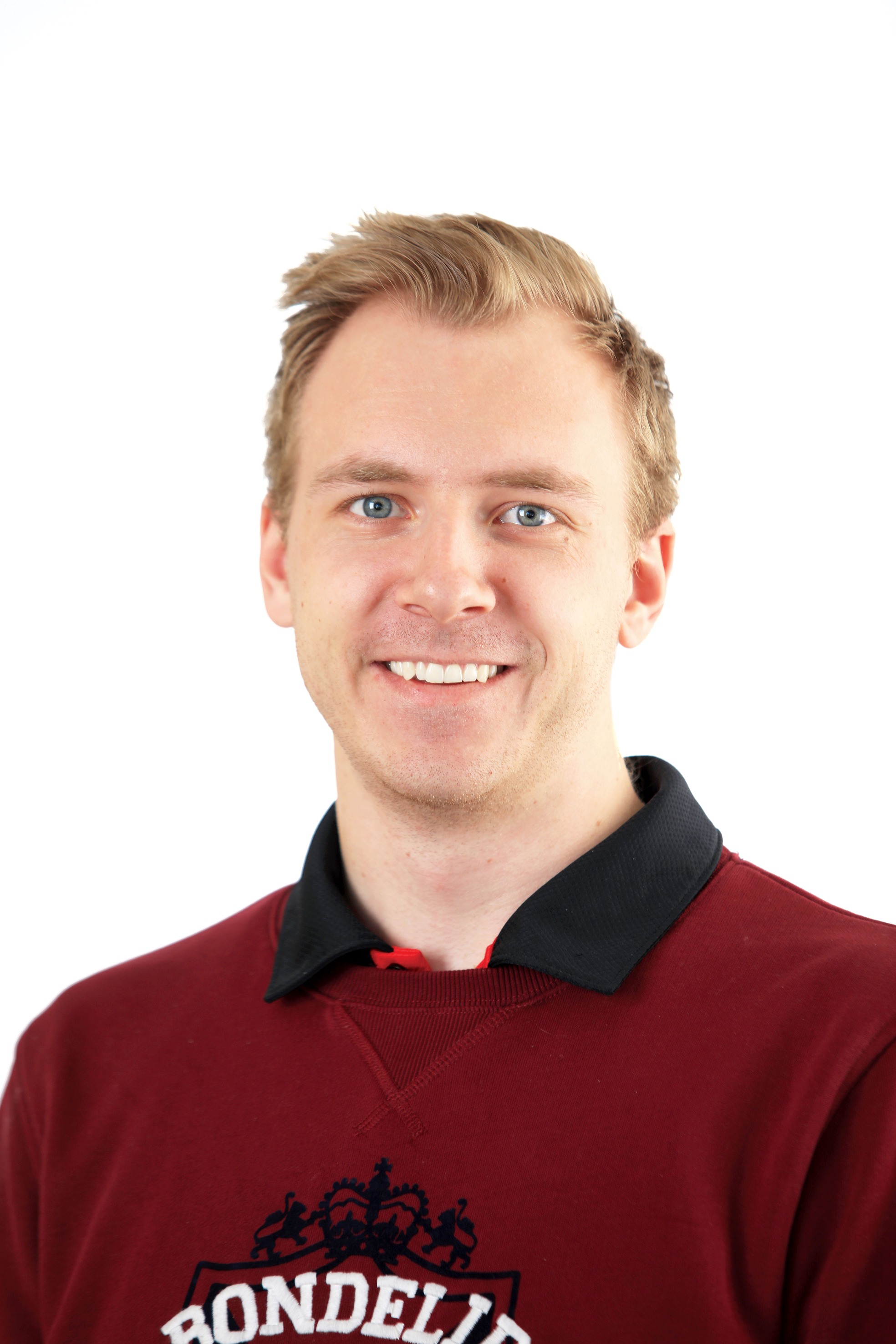
Charles Palmer Hagenfeldt
International Business
Stockholm, Sweden
The journey: I moved from Sweden and attended Santa Barbara City College. After two years, I decided to come here. It’s like home. I’m from outside Stockholm. It’s a relaxed environment here. I play golf.
Likes: The people, but not at first. It was hard in the beginning. But eventually, I fell in love with the Monterey area. Everyone is friendly and kind. It’s easier to connect with teachers here. America celebrates innovation. In Sweden, people don’t like you to be different. Failure is accepted here. It’s seen as a learning process.
Challenges: Transportation and getting around. It was hard to reach out to the community. I joined a lot of clubs on campus.
Future plans: After graduation, look for jobs with golf companies. In the U.S., if you get a job using your degree, you can stay for a year. After a year, you can apply for a work visa. Eventually, I see myself going back to Sweden to teach a younger generation.
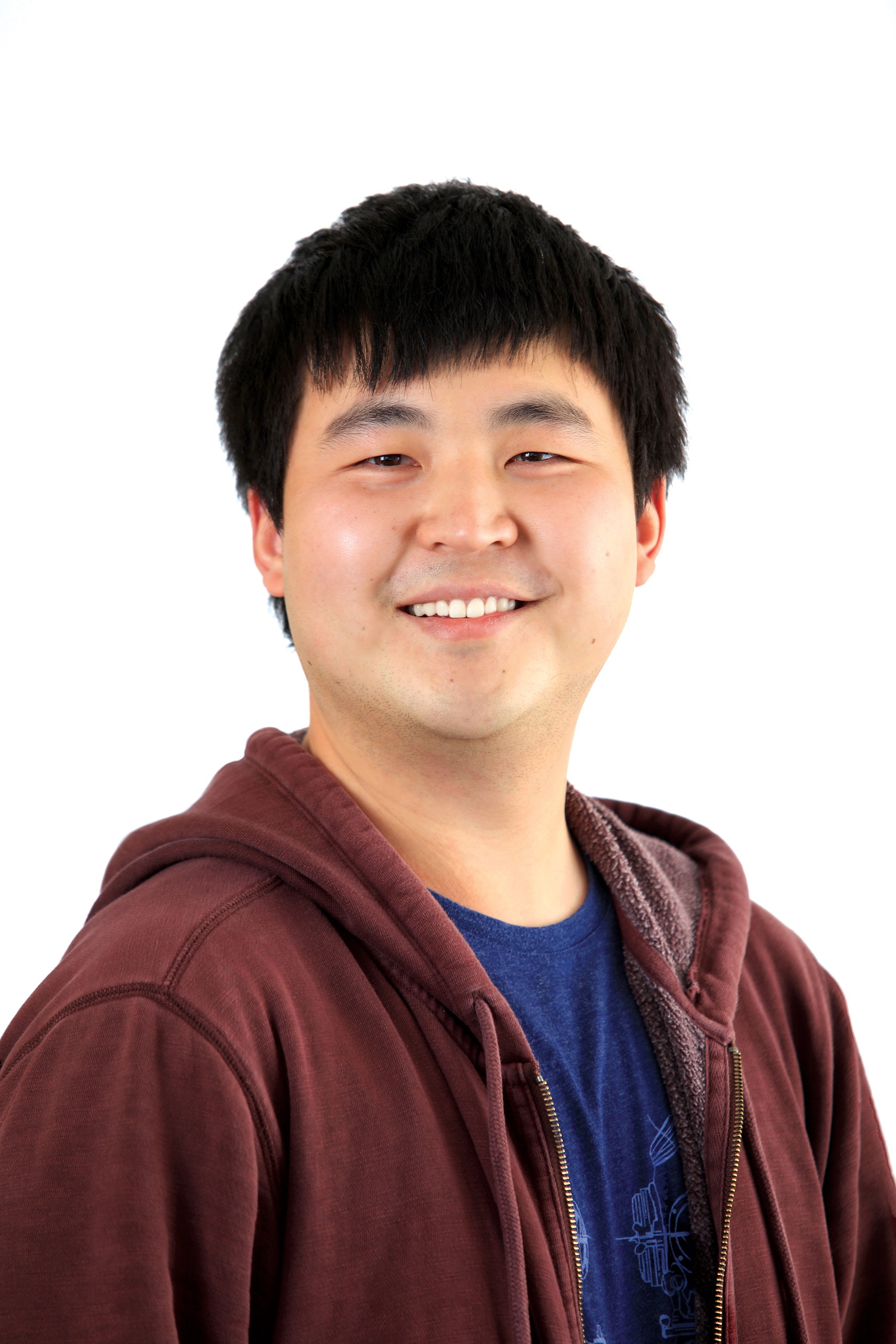
Yang Jing
Computer Science
Chengdu, China
The journey: I’ve been in the U.S. for six years and started college in Ohio. I wanted to go to a smaller city.
Likes: The variety of professors in my major here, along with the outside environment, especially the weather and the ocean. Also, the cultural experience. My roommates are a good example. One is from Fresno, the other is from Merced. One likes to fish, one likes to surf. One of the most exciting things about America is that a lot of different cultures live together in close proximity. You don’t have that in China.
Challenges: Transportation, if I wanted to buy groceries, it was a challenge at first. The language barrier also was a challenge.
Future plans: After graduation, I want to find a job in the U.S. and stay here. If not, return to China and find a job in computer science.
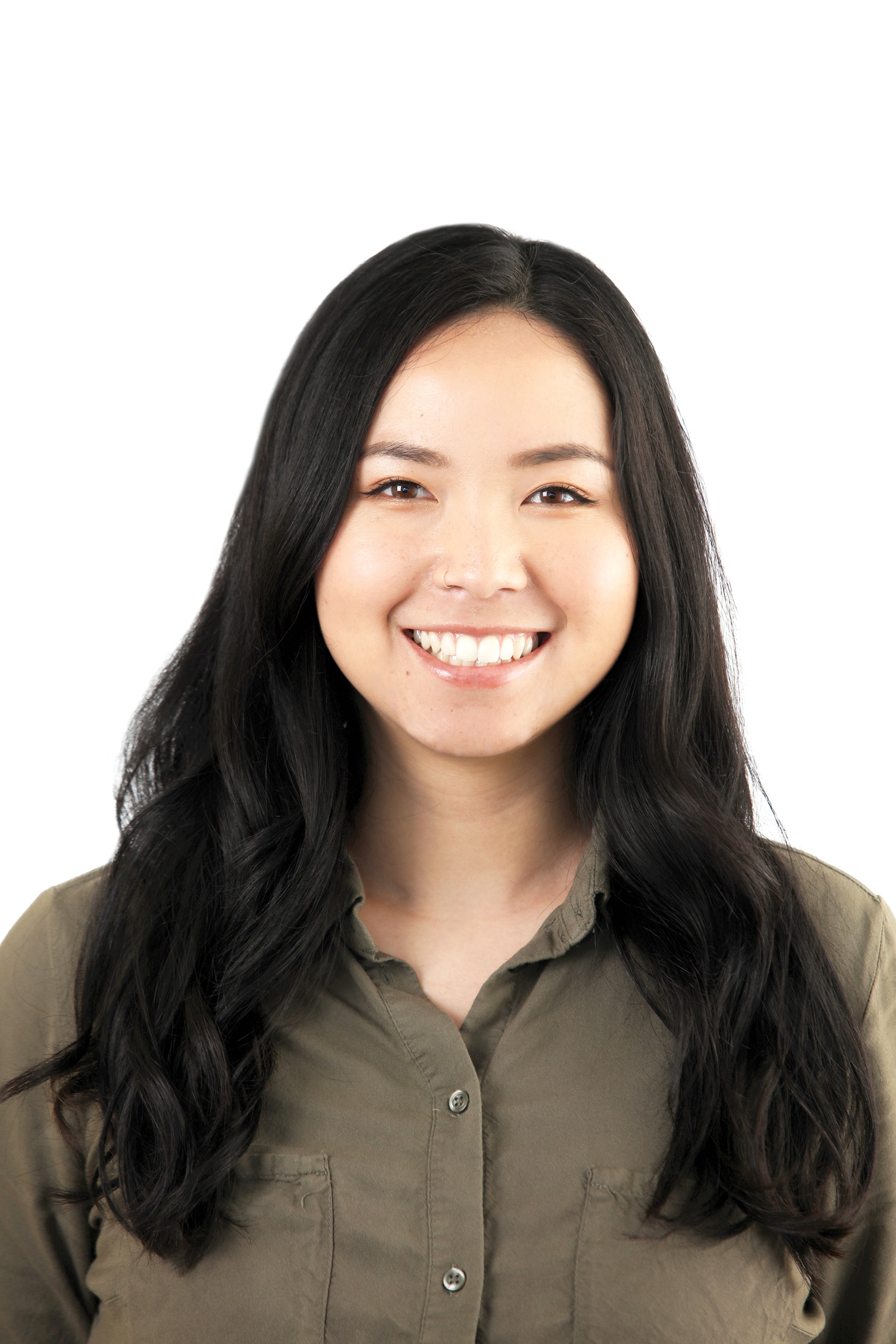
Aki Kurosawa
Aki Kurosawa (HCOM ’16)
Tokyo, Japan
The journey: I came to the U.S. and started in Chico at a community college, then transferred to CSUMB after two years.
Likes: CSUMB is calm and serene. I’m not into the party scene. I love outdoor sports and was on the rugby team. I was always exposed to English culture thanks to family. The university culture is very different in Japan. You take exams and get grades. Here, it’s more about personal enrichment – not just academics.
Challenges: When I first transferred to CSUMB, there were few degree-seeking students. It’s sometimes hard for international students to take classes – we don’t get priority. Courses are limited.
Future plans: I graduated! Now I’m working in the International Programs office. Grad school is next, to major in sociology, gender and sexuality. My goal is to be a professor in America and teach in Japan, helping develop their higher education system. I want to change the culture of just passing exams.